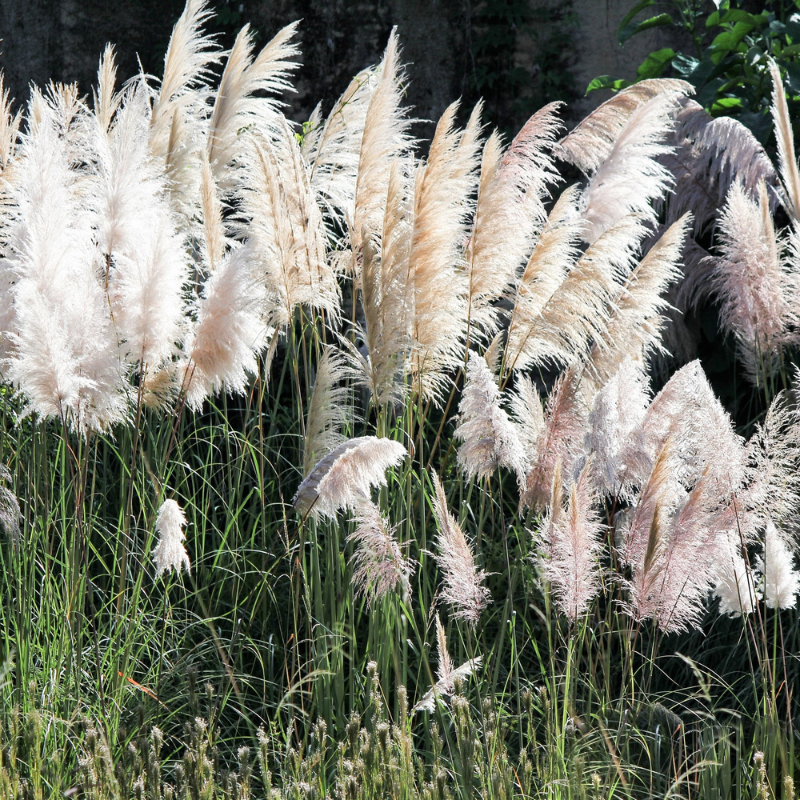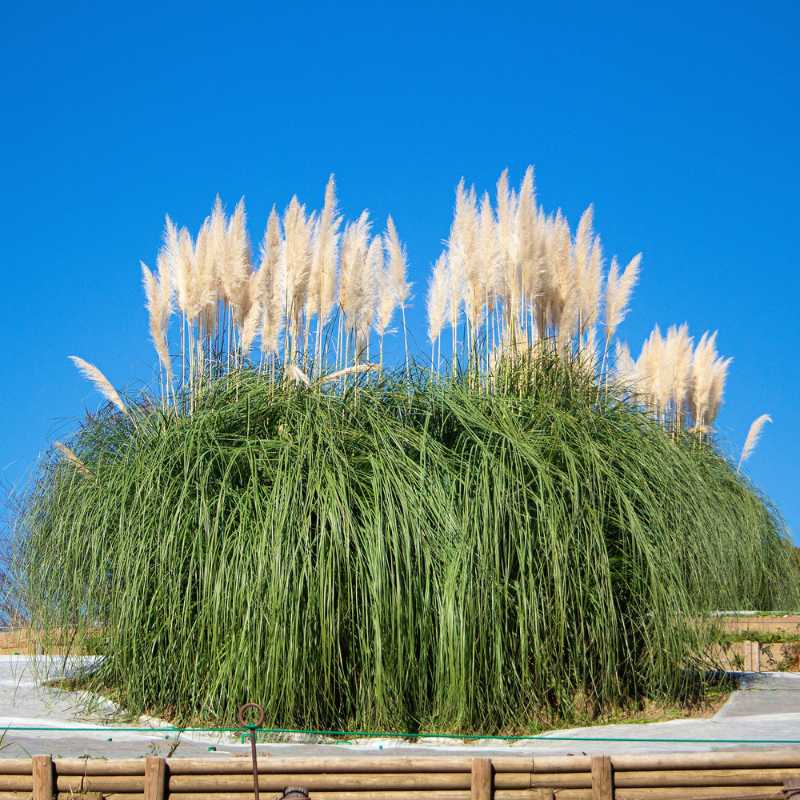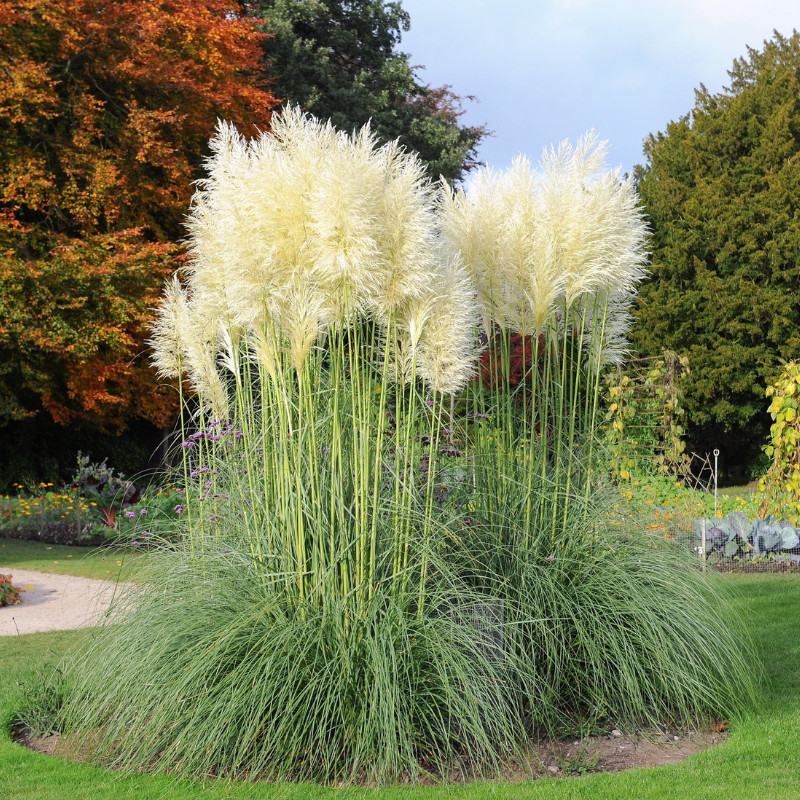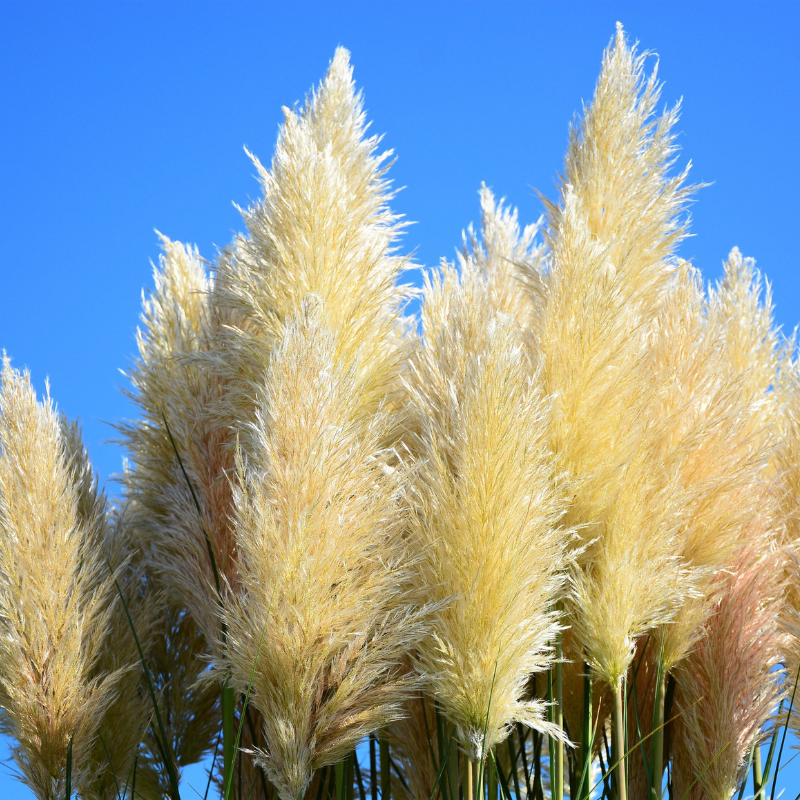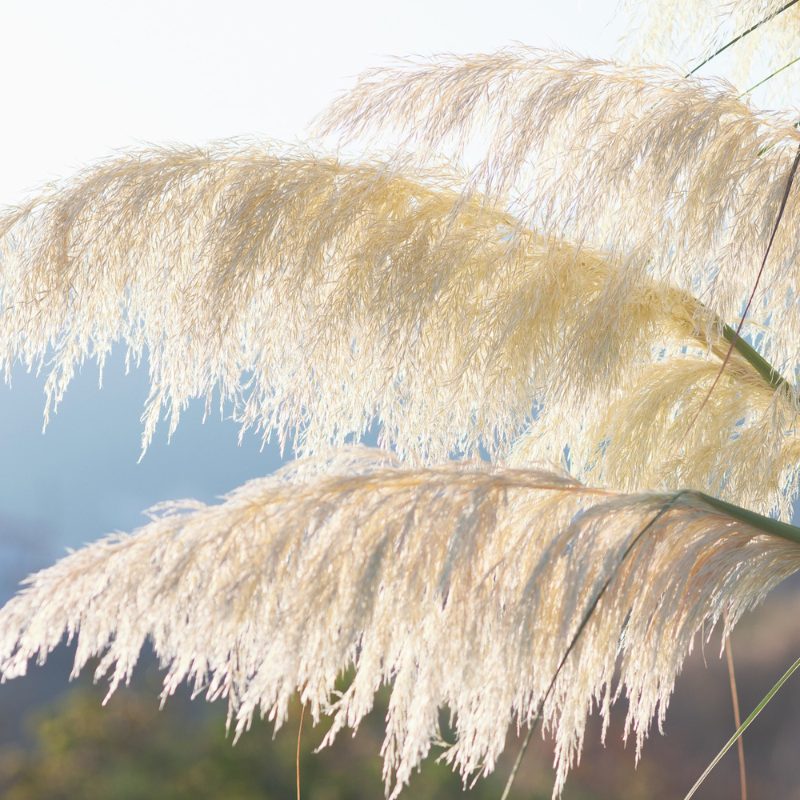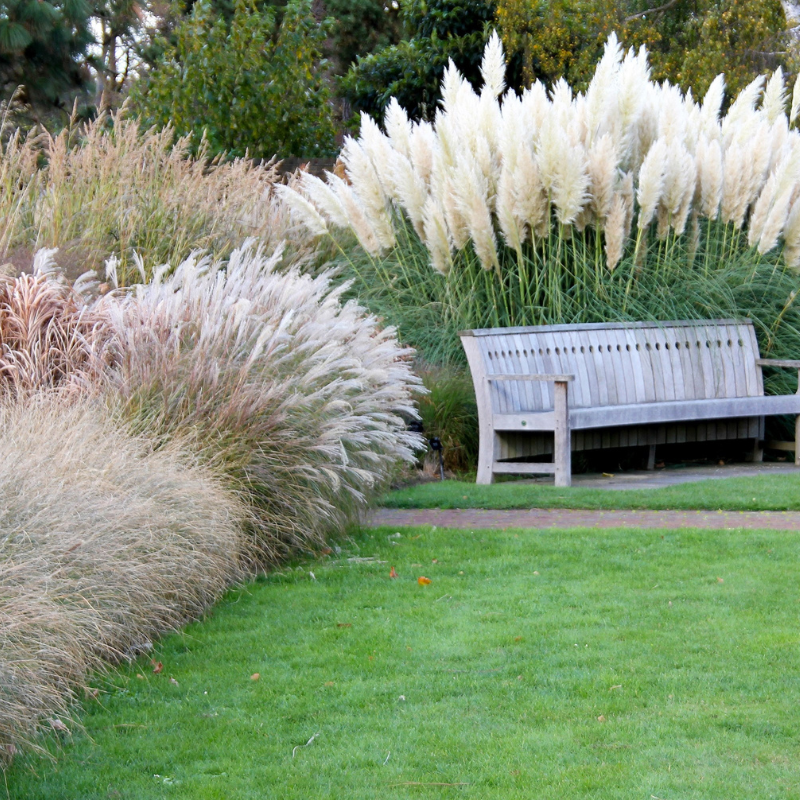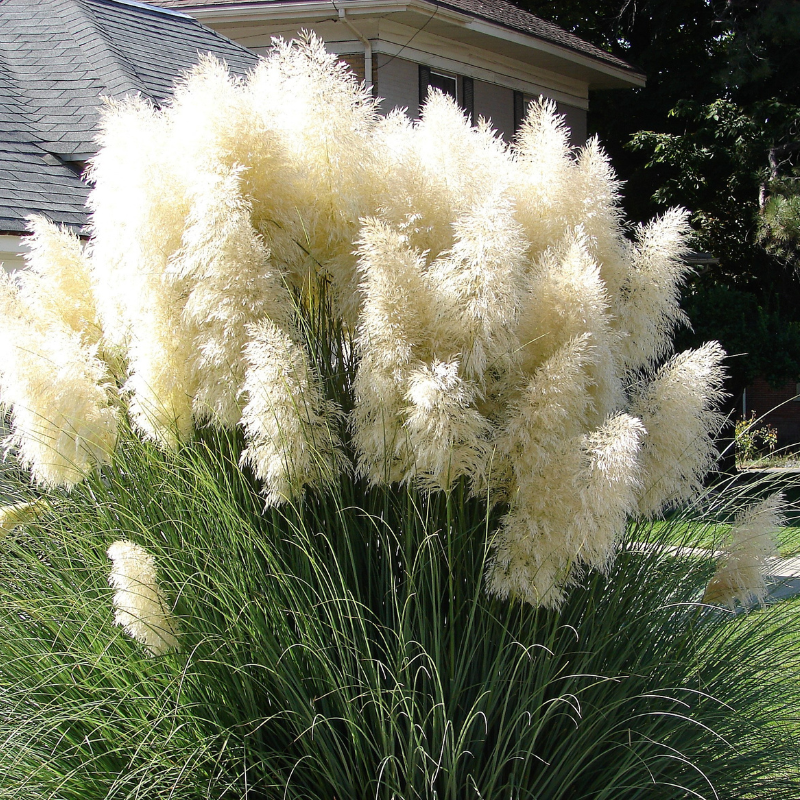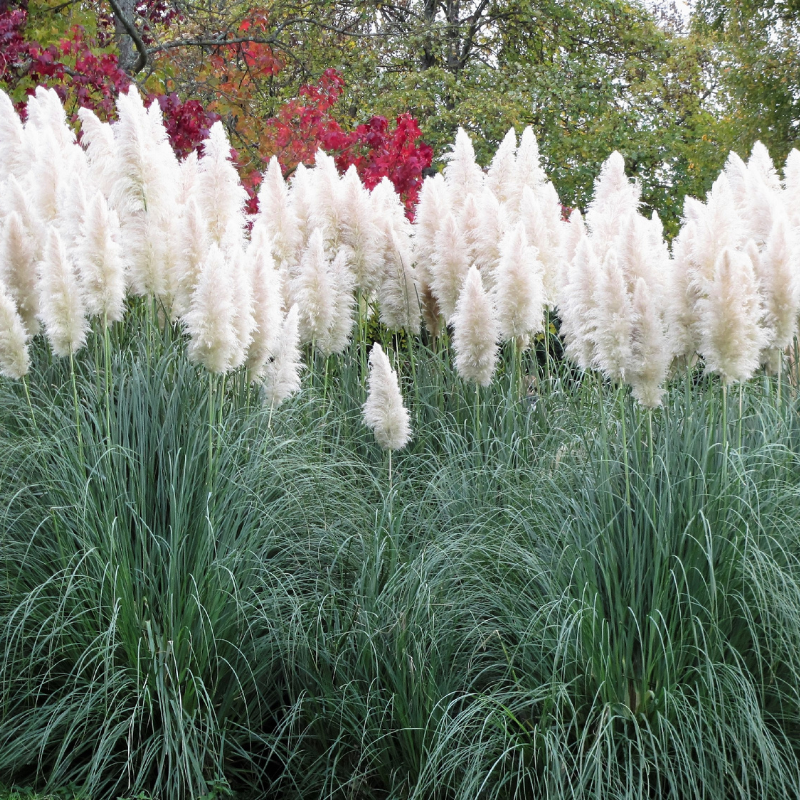- Historical context: Pampas grass (Cortaderia selloana) is a tall grass native to South America. It was first described by the German botanist Kurt Sprengel in the early 19th century.
- Geographical origination: Pampas grass originates from the Pampas region of South America, which includes parts of Argentina, Brazil, and Uruguay.
- Relevant cultural significance: Pampas grass has been used ornamentally in gardens and landscapes around the world. It is particularly popular in the United States and Europe for its striking appearance.
- Time period of discovery: The plant was first described scientifically in 1818.
- Original habitat: Pampas grass thrives in the temperate grasslands of the Pampas region, where it grows in well-drained soils and open areas.
- Notable historical uses: Historically, pampas grass has been used for ornamental purposes, as well as for making brooms and thatching roofs.
- Ideal temperature range: 15-25°C (59-77°F)
- Soil type: Well-drained, sandy or loamy soil
- Sunlight requirements: Full sun
- Watering needs: Moderate watering; drought-tolerant once established
- Planting season: Spring or early summer
- Germination time: 2-3 weeks
- Growth cycle duration: Perennial
- Common pests and diseases: Generally pest-free; may be susceptible to root rot in poorly drained soils
- Companion planting advice: Can be planted with other ornamental grasses and drought-tolerant perennials
- Common challenges and solutions: Invasive potential: Regularly remove seed heads to prevent self-seeding. Root rot: Ensure well-drained soil to prevent waterlogging.
- Nutritional values: Not applicable
- Health benefits: Not applicable
- Culinary uses: Not applicable
- Medicinal uses: Not applicable
- Other unique advantages: Ornamental value: Pampas grass is highly valued for its tall, feathery plumes, which add visual interest to gardens and landscapes. Erosion control: Its extensive root system helps stabilize soil and prevent erosion.
